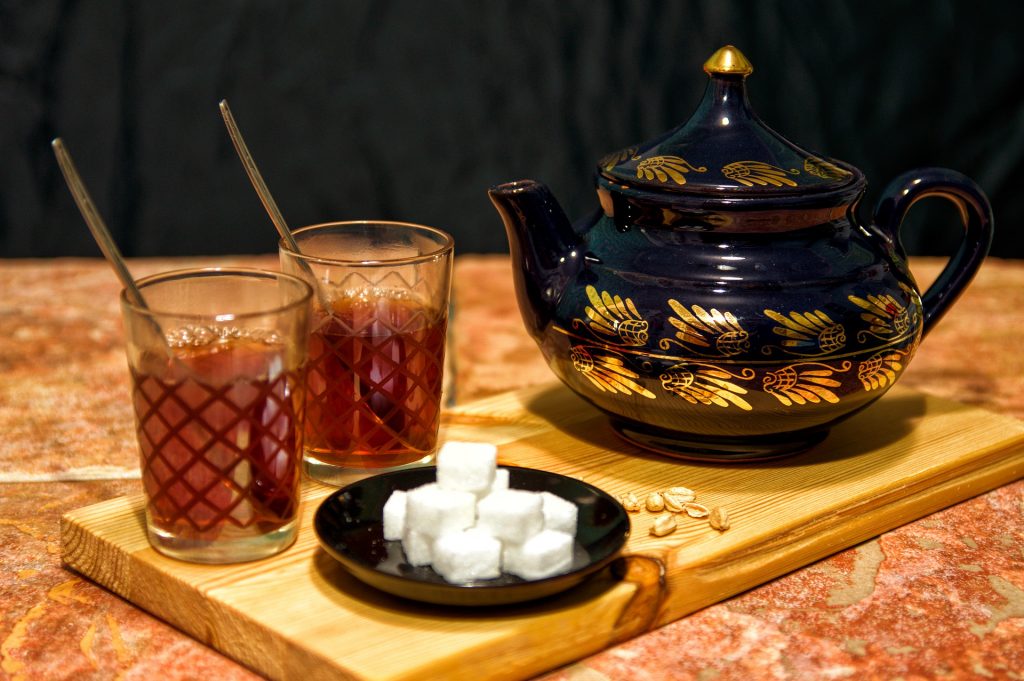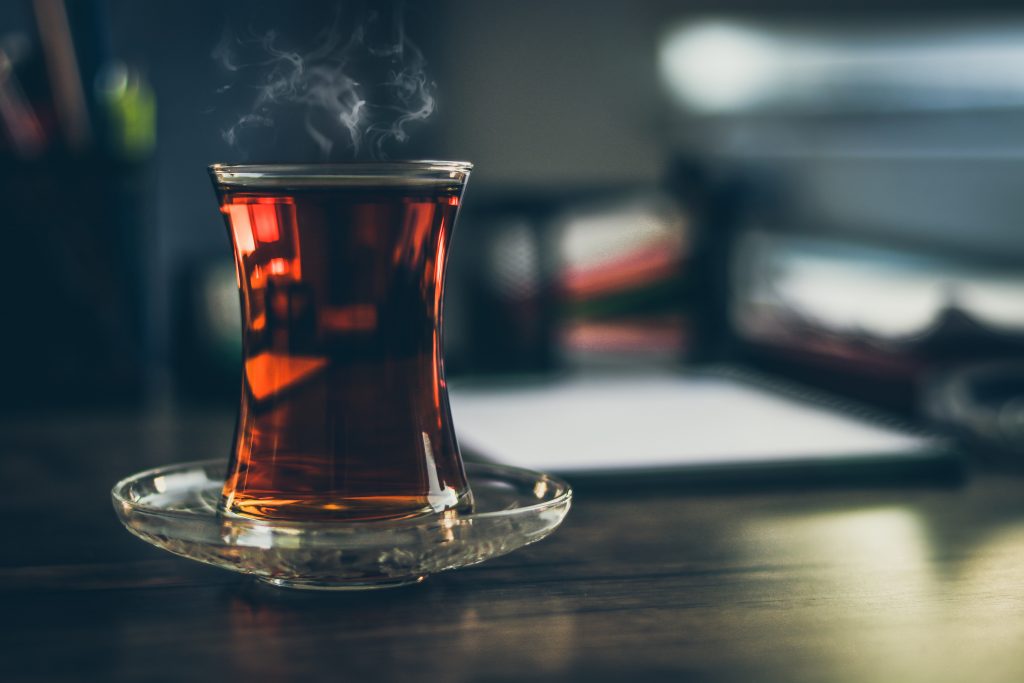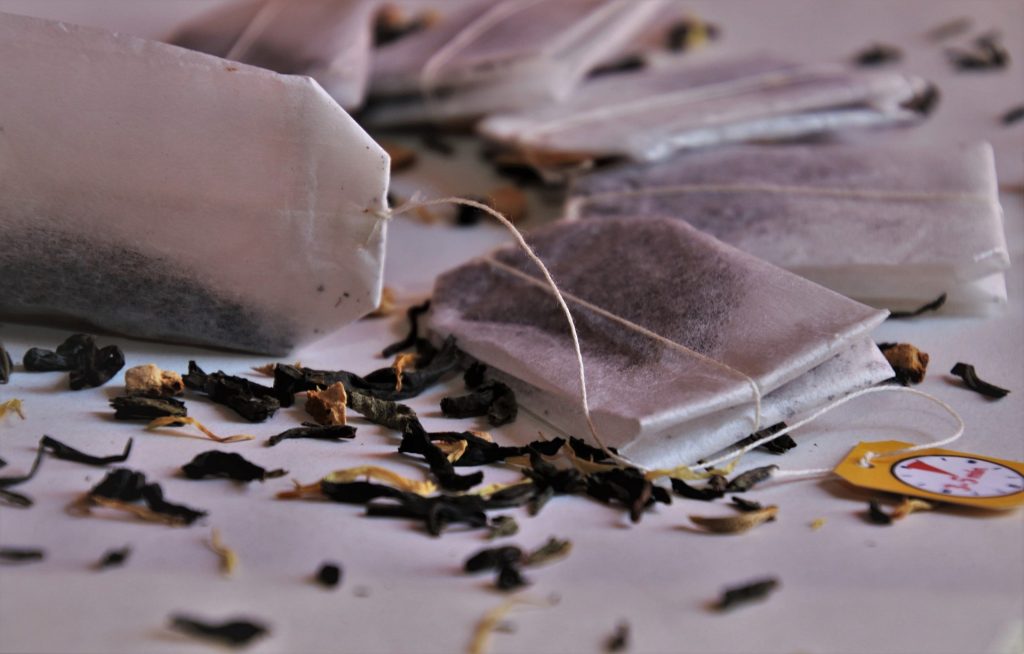Tea is more than a beverage; it is a source of relaxation, spirituality, tradition, and enjoyment. Millions of people love the drink at any one moment, all around the world, for several reasons. Continuing on our tea stories adventure, we’d like to ask you to join us as we go to the four corners of the globe to learn about the numerous varieties of tea consumed in different nations, as well as the accompanying customs, rituals, and legends.

China
China is an excellent location to begin because it is the country that first brought tea to the globe. Tea is a way of life for many Chinese people. The country’s unique environment produces hundreds of various types of tea; Oolong, Jasmine, and Gunpowder are just a few of the most well-known varieties.
The technique of preparing tea is known as Cha Doa, and it is strongly associated with Daoism and Chinese ideas of balance, harmony, fulfillment, and happiness.

Japan
Matcha gets offered at many teahouses around Japan. Matcha gets created in the same manner it was in the 12th century, with the leaves getting dried to the point where they can be crushed into a fine, bright green powder and then put into a drink. The tea gets used as the foundation for Chado, a traditional Japanese ceremonial. It is a spiritual experience, and the host may spend a significant amount of time practicing all of the needed motions and actions.

India
Tea is one of India’s most popular beverages, which is not surprising given that the country produces and consumes more tea than any other country on the planet. Chai is a national beverage in India, a black tea flavored with ginger, nutmeg, cinnamon, pepper, cardamom, and cloves. It has been a popular dish for generations, and it is always the first thing served to visitors. Chaiwallahs (Chai sellers and vendors) are a common sight in the neighborhood, with their shops along the streets as a hub for gossip and news.
Thailand
Thai iced tea, or ‘cha-yen,’ is possibly best known in Thailand. It’s a drink prepared from highly brewed black tea served over ice grown famous in Thai restaurants worldwide.
Orange flower, cinnamon, star anise, and ground tamarind are among the fragrant flavors and spices used. The drink has a licorice scent and is sweet and flowery. Cha-yen is ideal in scorching heat or similar scorching meals.

Great Britain
It’s impossible to discuss tea without mentioning the United Kingdom! Tea is a part of British culture as fish & chips, cricket, and the royal family. People can’t live without our favorite hot beverage, which ranges from exquisite afternoon teashops selling Earl Grey and scones to a robust builder’s brew at a greasy spoon. Its popularity has been constant since the Victorian era, with over 160 million cups consumed every day in the United Kingdom.

Russia
With the heavy tea drink known as zavarka, Russia has truly made tea culture its own, having adopted it far later than most countries. Steep loose tea leaves in boiling water for a concentrated, strong tea base to make this drink.
Drinkers would use a classic samovar, and it is an intricate metal pot that retains boiling water, and the person pouring would then evaluate the strength of the brew as part of a Russian tea ritual.
Tea’s global character and incredible ceremonial importance for cultures all over the globe. Many countries appreciate waking up and smelling the tea; wherever you are, you will be able to have a delectable brew of the local mix.

Morocco
If you spend any time in Morocco, you’ll almost certainly get offered some delightful hot mint tea, also known as Touareg. This drink has a long history in Moroccan culture and gets connected with hospitality.
It gets served in three large glasses serving having its distinct flavor. The next step is to consider your wishes and the implications of life, love, and death. The first glass is described as “soft as life,” while the second is “as powerful as love,” and the third is “as bitter as death.” Moroccan Mint With Rose is a great way to get that Moroccan flavor.

How Did China Conquer the World with Black Tea?
Chinese black tea had spread to every continent in the world before it was discovered by Chinese tea drinkers, becoming the most popular beverage after water. Until the tea renaissance of the twenty-first century, it gets regarded as ruined tea. For the first time, Chinese people are sipping black tea. The tea now produced is among the best prices compared to other premium teas. All black teas, on the other hand, share a common ancestor.
History of black tea
Historically, the commodity is black tea, and in China as hong cha or “red tea” has been virtually solely an export tea for China. The narrative begins in Indonesia about 1640 when some of Tongmu’s tea ended itself in the hands of the Dutch. For two reasons, it was an instant hit. It was less expensive than green tea and preserved its flavor during the lengthy ocean journey back to Europe. Until the 1850s, the English get green tea users. Until the 1880s, Northern Fujian in China was the primary supplier of black tea.
It’s worth noting that a Wuyishan official said that all authentic red tea, so termed because of the color of the infusion, originated in the Wuyishan region. In Europe, the term “black tea” refers to the color of the completed leaf. Both teams hail from the Wuyi Mountains. The international oolong definition adds to the complexity by not matching the Chinese culture instead of defining oolong only by oxidation degree.
Black tea production soared over the 18th and 19th centuries, along with its quality and price. Meanwhile, the East India Company devised a strategy to disrupt the Chinese monopoly. In the 1820s, Chinese tea gets brought to India. The Singpho, a Yunnan ethnic tribe, had cultivated tea there may be decades before the British arrived.

